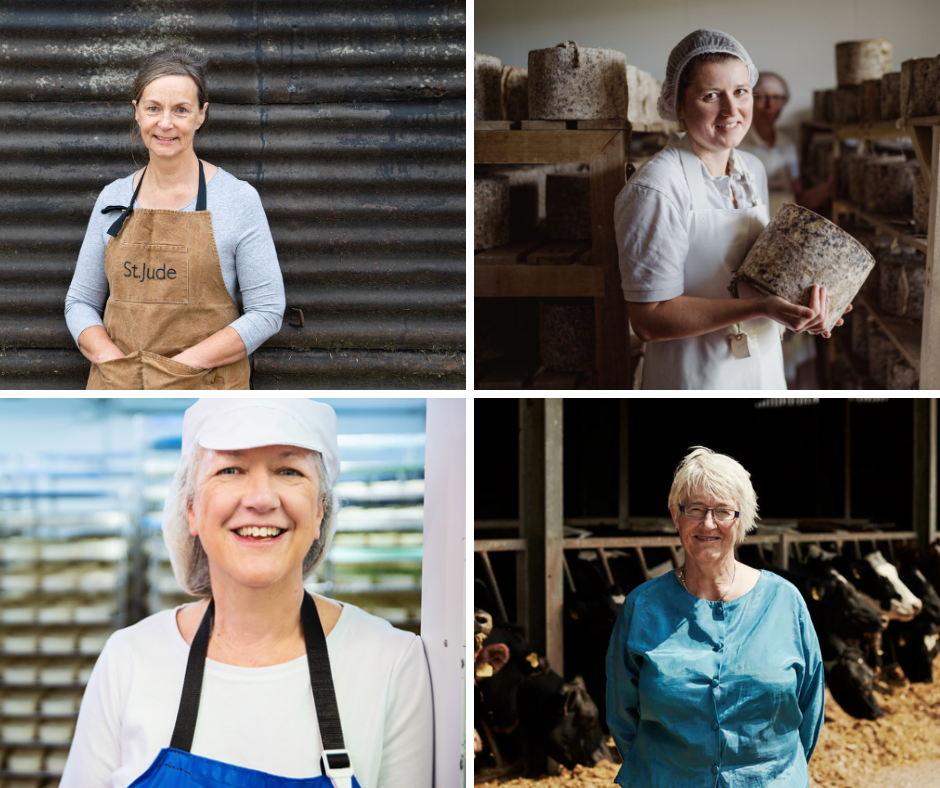Premier Cheese Makers in Melbourne: The Story of Floridia Cheese Thomastown
Premier Cheese Makers in Melbourne: The Story of Floridia Cheese Thomastown
Blog Article
Unlocking the Tricks of Artisanal Cheese Making: A Step-by-Step Do It Yourself Guide
In the world of cooking workmanship, artisanal cheese making stands as a testament to the fragile equilibrium between tradition and development. Each step in the process, from choosing the ideal milk to refining aging strategies, holds within it a wealth of understanding passed down via generations. As we start this trip to demystify the art of producing elegant cheeses, we are confronted with a tapestry of abilities and secrets waiting to be untangled. Join us as we explore the details of this old craft, where science, art, and patience converge to produce tastes that entice the detects.
Choosing the Right Milk
When beginning on the trip of artisanal cheese production, the selection of milk plays a critical duty in identifying the high quality and qualities of the final product. The kind of milk chosen affects the taste, appearance, and on the whole account of the cheese.
In addition, the source of the milk, whether from cows, goats, lamb, or buffalo, contributes distinctive tastes and features to the cheese. Each kind of milk brings its very own nuances, allowing for a vast range of cheese selections to be crafted based on the picked milk.
Culturing and Coagulating
To initiate the cheese-making procedure, the important steps of culturing and coagulating must be meticulously implemented to change milk into curds and whey. Culturing involves introducing beneficial germs to the milk, which then begins the fermentation procedure. These germs convert lactose (milk sugar) into lactic acid, developing the acidic atmosphere essential for coagulation. The sort of culture used can substantially impact the flavor, appearance, and ripening of the last cheese item.

The timing and temperature level control throughout culturing and coagulation are vital aspects that influence the last end result of the cheese. Appropriate execution of these actions is necessary to ensure the preferred structure, taste, and consistency of the artisanal cheese being produced.
Draining and Pushing Curds
After the milk healthy proteins have coagulated and the curds have actually been reduced to launch whey, the following vital action in artisanal cheese making involves draining and pressing the curds to achieve the desired appearance and consistency of the last cheese item. Draining pipes is the procedure of separating the curds from the whey. This can be done by moving the curds into a cheesecloth-lined bowl-shaped sieve or mold and allowing the whey to drain off naturally. The time for draining pipes can differ depending on the sort of cheese being made and the preferred moisture web content.
Pushing aids remove any kind of remaining whey and compacts the curds to create a strong cheese wheel. Proper pushing and draining are important steps that dramatically influence the quality and attributes of the artisanal cheese being produced.
Aging and Flavor Methods
Executing careful aging and flavor strategies is essential in boosting the depth and intricacy of artisanal cheeses, elevating their preference accounts to elegant degrees of refinement special info and refinement. Aging plays a vital function in establishing the distinct flavors and textures that identify artisanal cheeses.
Flavoring methods likewise add considerably to the final preference of artisanal cheeses. Cheesemakers might select to present added tastes by including active ingredients such as herbs, seasonings, or even fruits into the cheese during the manufacturing procedure. In addition, some cheeses are cleaned or scrubed with different liquids, such as brine or alcohol, to boost their flavors and appearances.
Covering and Keeping Cheeses

Verdict
In final thought, understanding the art of artisanal cheese making includes meticulously selecting the right milk, complying with accurate culturing and coagulating processes, draining and pushing curds efficiently, and using various aging and flavoring techniques. Bear in mind to wrap and keep your cheeses properly to make sure optimal flavor and texture growth.
Each type of milk brings its very own subtleties, permitting for a large range of cheese varieties to be crafted based on the picked milk.After the milk healthy proteins have coagulated and the curds have been cut to launch whey, the next important step in artisanal cheese making involves draining and pressing the curds to achieve the preferred structure and uniformity of the last cheese item. The majority of cheeses need to be wrapped in wax paper or cheese paper to enable them to take a breath while shielding them from drying out. For cheeses that require to proceed aging, such as bloomy rinds or cleaned skins, guarantee they are kept in a trendy environment like a cheese cave or a refrigerator set to the appropriate temperature level. By paying focus to the wrapping and storage space of artisanal cheeses, cheese makers and lovers can learn this here now protect the integrity of these specials and completely appreciate their complicated flavors.
Report this page